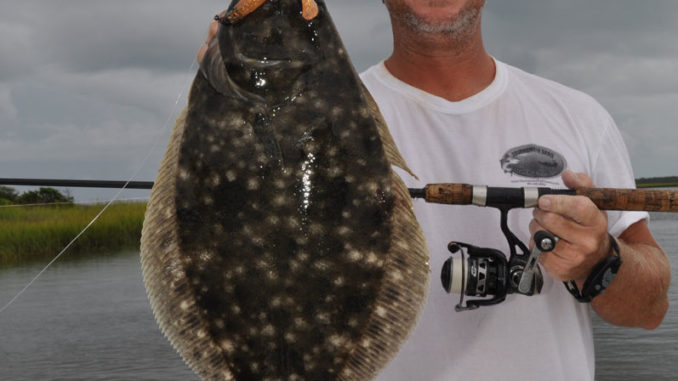
Inshore waters around the South Carolina-North Carolina line hold plenty of gamefish to target, and September begins fall fishing that’s the year’s best.
Preparing for a pleasant day of fishing on a gorgeous fall day, Patrick Kelly warmed the engine of his boat at Cricket Cove Marina near Little River, S.C., just a short run from great fishing on either side of the North Carolina-South Carolina state line.
Kelly motored a short distance to a riprap bank at Coquina Harbor, saying man-made structure like that is always worth investigating, even on the way to Dunn Sound, which is full of natural cover: deep holes, bluff banks, oyster beds and laydown trees. Hooking a live shrimp on a popping-cork rig, he made his first cast.
“A shrimp is a delicate creature,” he said. “I let it settle just long enough to take the slack out of the leader. Then I twitch the rod tip to make the float pop once or twice. If a trout is in the area, that is usually enough to attract its attention. If pinfish are around, you can’t keep a shrimp on the hook for long. If you pop the float too hard or too many times, the hook pulls out of the shrimp.”
His second spot was an area were the Little River and Calabash River meet the ICW, a place he called “The Crossroads.”
“It is the greatest spot in the world to fish for trout, redfish and flounder,” he said, “but, if you aren’t in the exact spot on the right tide for the perfect 30 minutes, you won’t catch anything.”
While he had a livewell full of shrimp caught with a cast net, he chose a blue crab for bait. He removed its legs and broke the crab into pieces. Hooking a piece of crab in a hard part of its shell, he cast it on a bottom rig.
“Most fish will gobble up a blue crab,” he said. “People are surprised when I show them how to catch flounder and trout using blue crab; they are more familiar with using crabs to catch red drum and black drum. Break open a crab, and it puts lots of scent in the water. Even if you don’t catch anything before the pinfish eat the meat out of the shell, the scent attracts other fish that you will catch on shrimp or minnows.”
After catching some small flounder and black drum, Kelly navigated northward along the ICW to an oyster bed, passing a spot on a golf course he said marks the boundary between South Carolina and North Carolina. Anglers who don’t carry licenses for both states need to know where the border is, as well as the bag limits and size restrictions for various species in the two states. Charter captains like Kelly buy blanket licenses that cover their anglers on both sides of the state line.
“I like fishing tidal creeks like this one on falling tide,” he said. “A float-rig baited with a shrimp works best in this situation because the float keeps the hook from snagging on the oysters shells. The current drifts the shrimp over the length of the oyster bed. It only takes a couple of casts to see if any fish are there.”
After catching a speckled trout, Kelly moved again. He stopped the boat near some boat docks at Sunset Beach. Hooking a shrimp on a jighead, he cast near a piling. Moments later, he felt a strike and set the hook. After a short battle, he landed a black drum. Making another cast, he hooked a red drum. In a couple of hours, he landed several fish of both species and some nice speckled trout.
Another captain who fishes the border waters is Rennie Clark of Wilmington, N.C., who runs Tournament Trail Charters. He catches the same species but uses a different approach, hitting as many of his best spots as possible. On a fall trip, Clark sped along before finally stopping at a spoil island. His first cast with a topwater lure brought a small school of redfish out of a tiny creek mouth to investigate.
“A topwater lure is a great search lure,” Clark said. “If I see fish chasing it and don’t get a strike, I make another cast with spinnerbait or a soft plastic, and sometimes the same fish eats it.”
He tried another spot with the topwater lure and caught several speckled trout. They are notoriously difficult to land on topwater lures, but his success rate was high.
“I change out hooks on my topwater lures with VMC hooks,” he said. “They are sharper than most hooks that come on lures from the manufacturer. You need a hook that sinks in at the slightest bump.”
Clark used his trolling motor to move along grass beds, casting topwater walk-the-dog lures to grass clumps, ditches, dips and points. Whenever a fish strikes, he set his Power Pole and fished the area thoroughly before moving on. He fishes the ICW and all of the rivers that drain southern North Carolina, including the Shallotte, Lockwood Folly and Cape Fear, as well as the marshes between the beach towns and waterway. He said the bridges crossing the ICW between Southport and Myrtle Beach have excellent fishing, but anglers tend to overlook them.
“These creeks hold lots of fish,” he said. “I like fishing during a falling tide, but I don’t want the tide to fall so far I can’t get back out.”
Clark cast to oyster beds and the junction of small creeks and larger creeks, navigating slowly on his trolling motor. If he got a strike, he set his Power Pole and fan-cast the area, hitting anything that looked fishy. He landed several flounder on jigs and soft-plastic trailers and kept plugging until he caught a 30-inch red drum.
While he navigates at breakneck speed between fishing spots, once he arrives in a targeted area in a tidal creek, he slows down to study the playing field.
“When the water gets this low, you can see the fish and baitfish they are eating,” he said. “I watch for baitfish showering, fish moving water and ‘muds’ where the boat disturbed a fish that swam away. I often see fish before I cast to them, including redfish that are tailing or showing their backs. The most exciting event in fishing is seeing a redfish, casting to it and watching it eat your lure.”
DESTINATION INFORMATION
HOW TO GET THERE — The coastal waters on either side of the South Carolina-North Carolina state line offer plenty of access to fishermen. On the North Carolina side, the Sunset Beach boat access is on Sunset Boulevard, reached from US 17 via NC 904. A public boat ramp in Ocean Isle Beach is on Causeway Drive, just across the causeway from the mainland, where NC 904 is also the best access route. On the South Carolina side, two public ramps are on either side of the ICW at the US 17 bridge in Little River, and a public ramp on 53rd Avenue North in North Myrtle Beach allows access to the marshes around Cherry Grove.
WHEN TO GO — While fish bite year-round, some of the best fishing begins in September and can continue into November.
BEST TECHNIQUES — Live shrimp, mullet or crabs can be fished on float rigs, jigheads and bottom rigs. Soft plastics like Gulp shrimp or Category 5 Manic Minnows can be fished on 1/8- and 1/4-ounce jigheads. MirrOlure Top Dogs and Rapala Skitterwalks are popular topwater lures. Medium-light spinning tackle is the trick, with 61/2- and 7-foot rods preferred, mated with 2500 to 3000 class reels spooled with 15- to 20-pound braid
FISHING INFO/GUIDES — Patrick Kelly, Capt. Smiley Fishing Charters, 843-361-7445; Rennie Clark, Tournament Trail Charters, 910-465-8943. See also Guides and Charters in Classifieds.
ACCOMMODATIONS — Holiday Inn Express Little River-N. Myrtle Beach, 877-859-5095; Sleep Inn at Harbor View, Little River, 843-249-4848; Days Inn, Shallotte, 800-329-1992; Brunswick County Chamber of Commerce, www.brunswickcountychamber.org, 800-426-6644.
MAPS — info Capt. Segull’s Nautical Charts, 888-473-4855, www.captainsegullcharts.com; Sea Lake Fishing Guides, 8000-411-0185, www.thegoodspots.com.

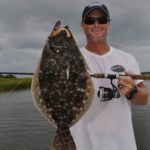
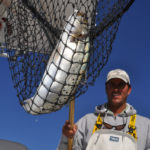
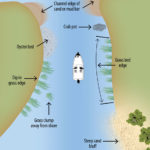
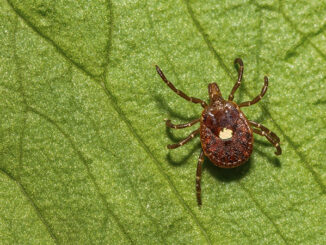
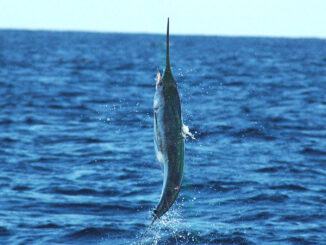
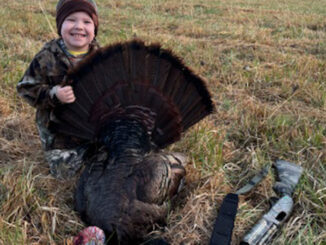

Be the first to comment